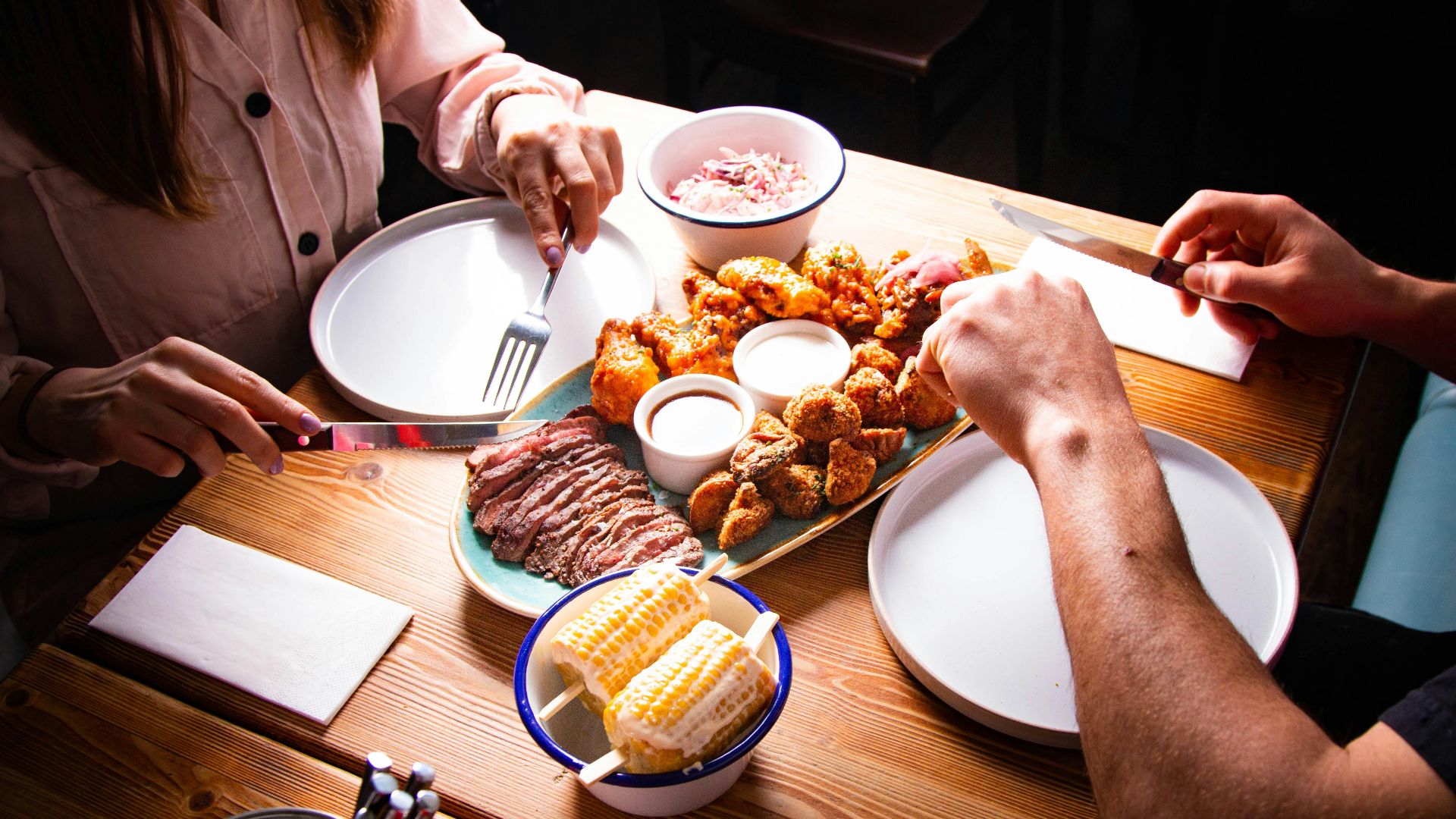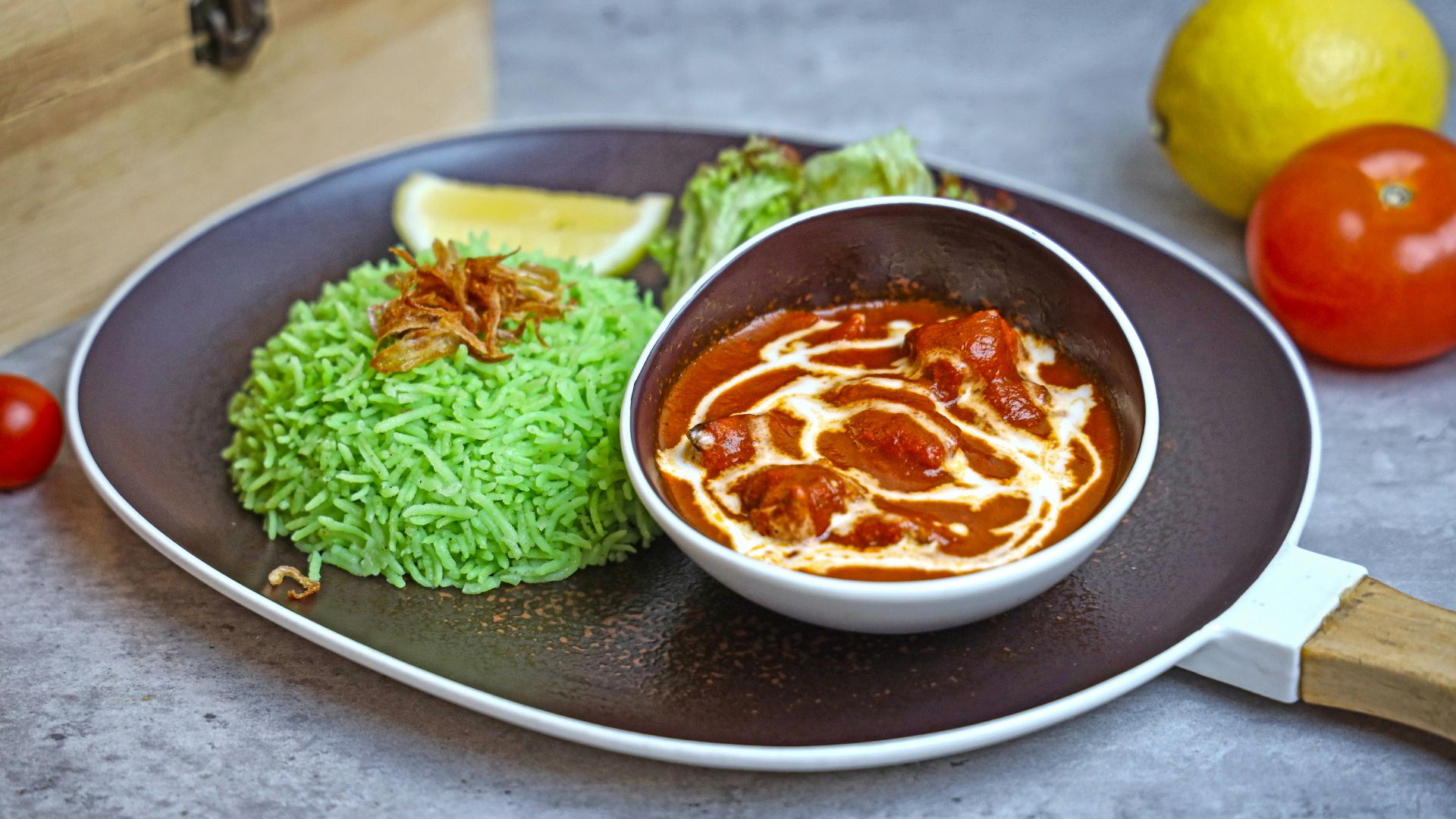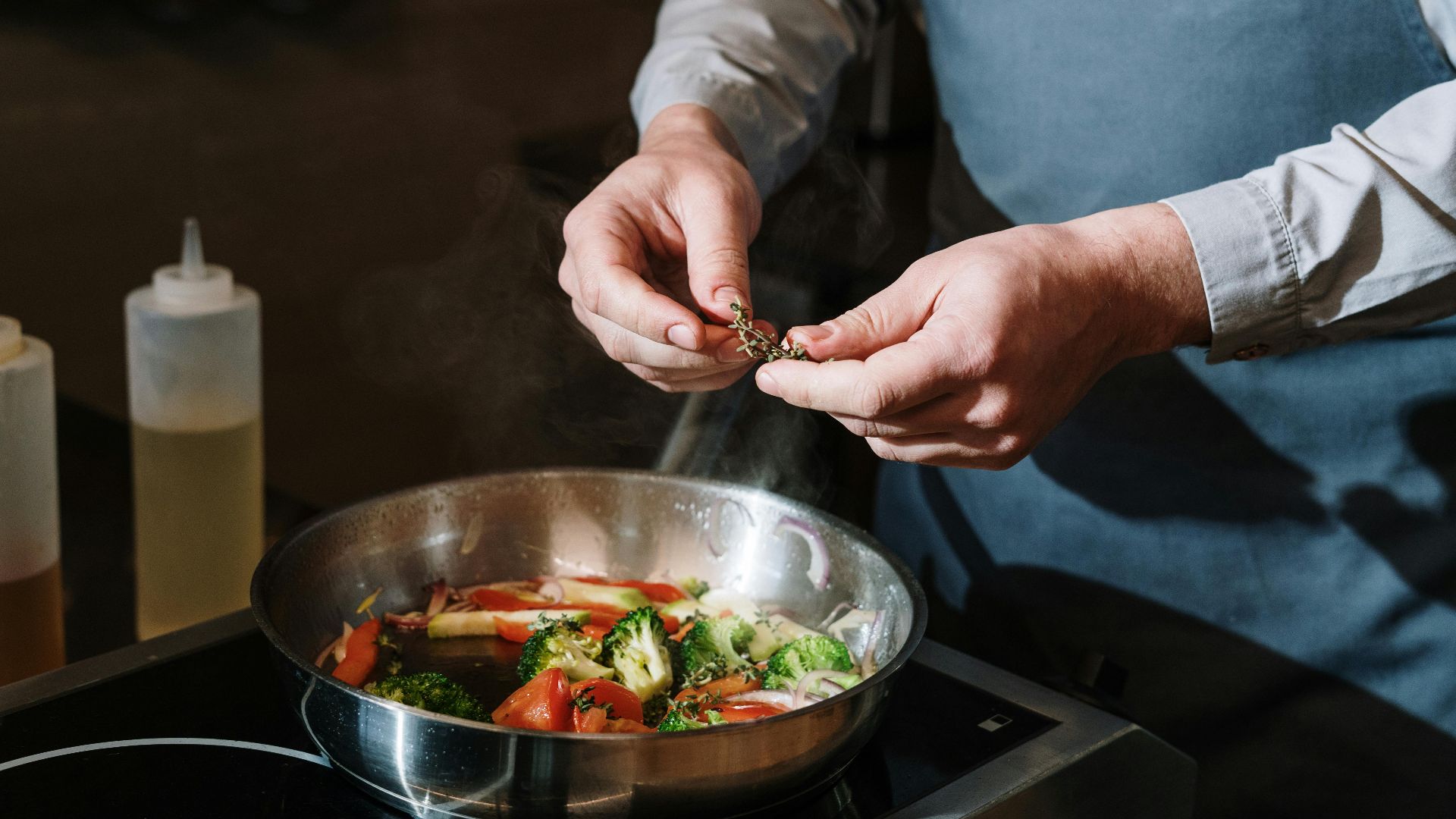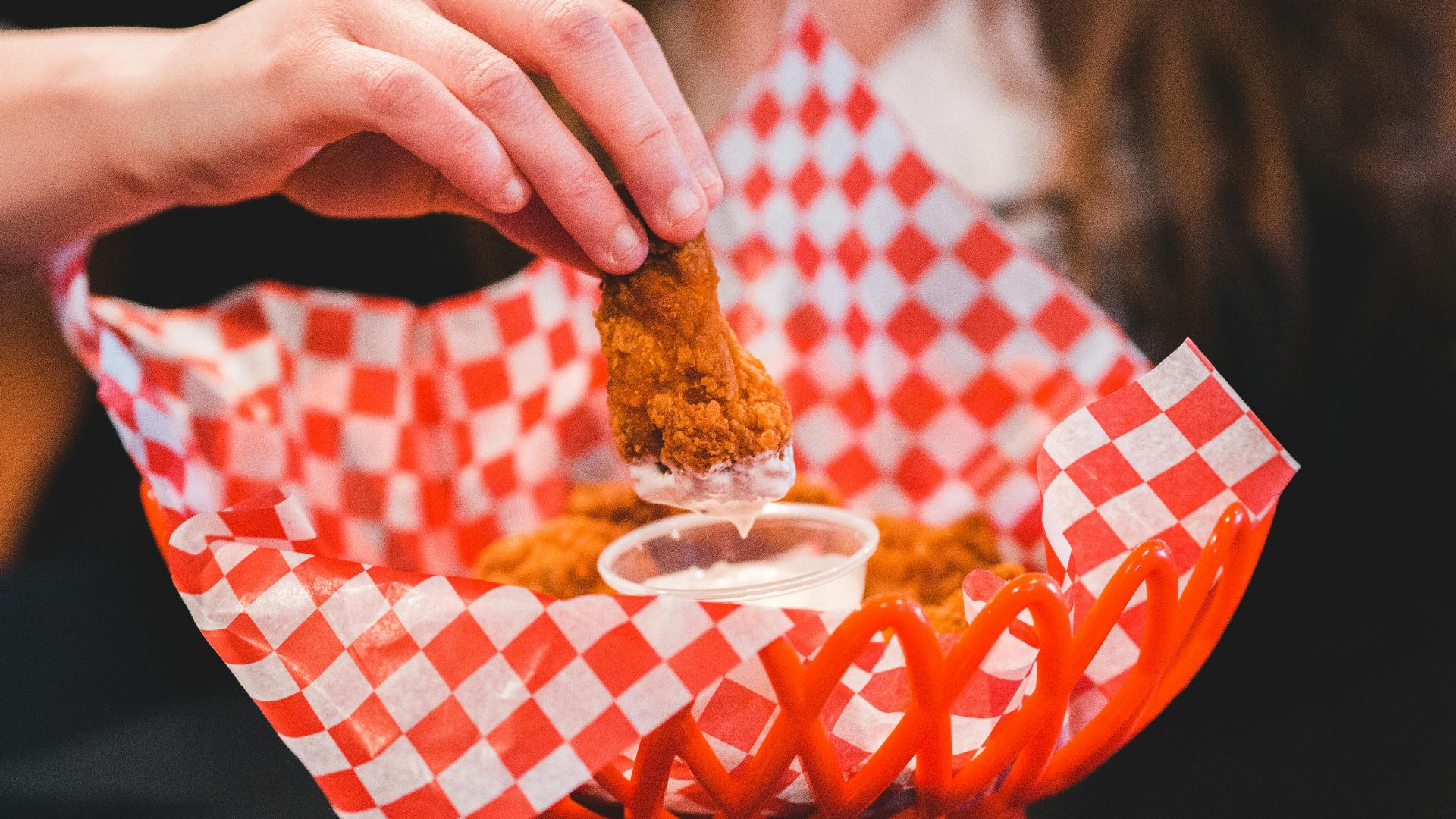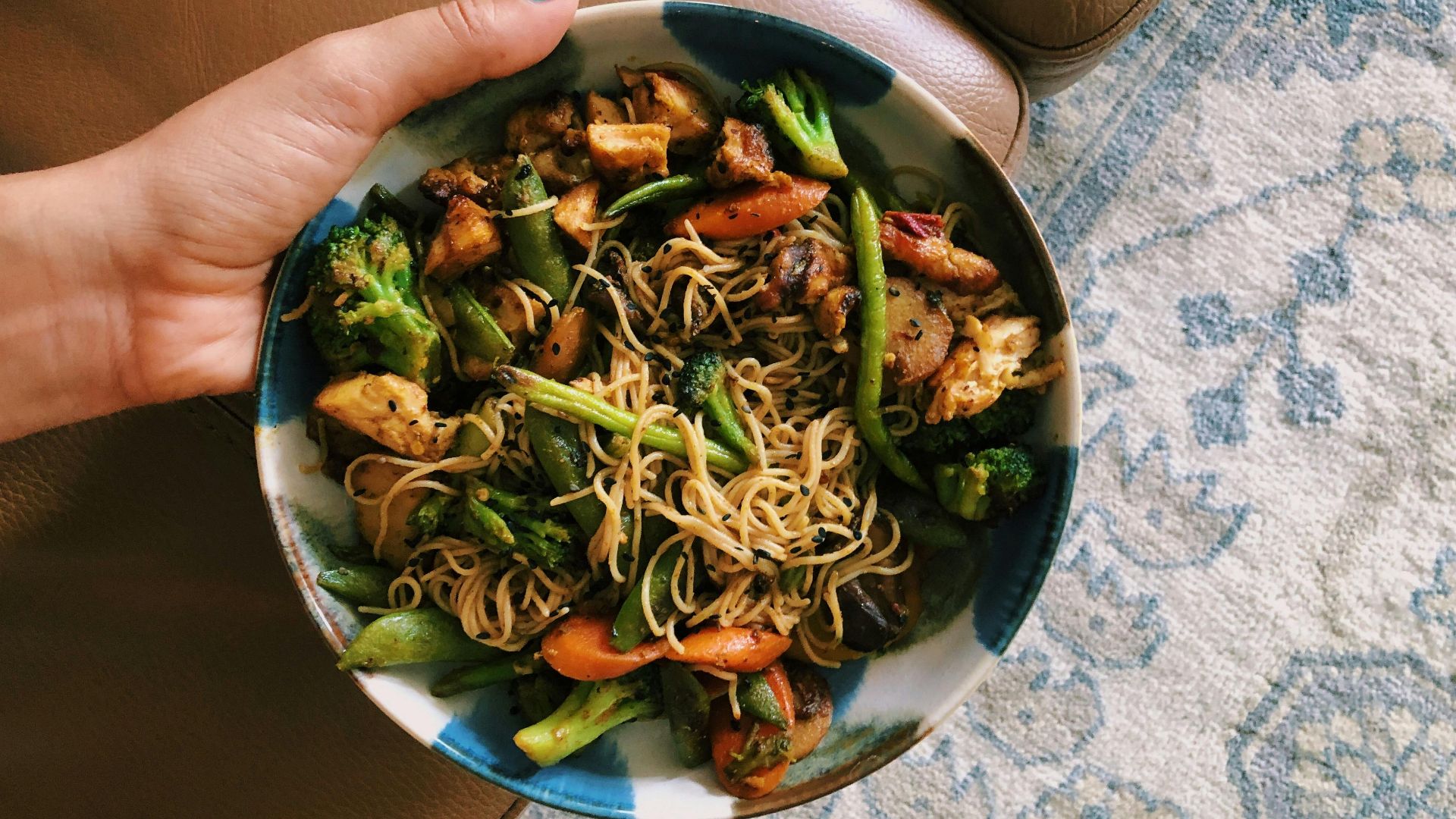From No Way To Okay
Everyone has that one food they just can’t stand. Maybe the flavor is too bold, or the texture too odd. However, dislike isn’t always final. Taste is more malleable than we think—it can be shaped by anything from habit to curiosity. Simple shifts in preparation or mental tricks can put you on the path to enjoying a food you can't stand. Here are 20 tips to help you expand your palate or soften a food grudge.
1. Try It 10 Times
Repeated exposure works. Trying a food 8 to 10 times can change how it's perceived. Taste buds regenerate every 1–2 weeks, which may affect your reaction. Over time, this encourages the brain to soften its stance. Even long-term aversions have reversed this way.
2. Pair It With A Favorite Dish
Combining unfamiliar foods with familiar dishes increases palatability and decreases aversion. This pairing method activates the dopamine system, reducing mental resistance. Culinary professionals often introduce new ingredients this way. You may notice that bitter vegetables are better received when served alongside mashed potatoes.
3. Visualize Enjoying It Before Eating
Mental rehearsal changes both emotional and physical reactions. Just imagining enjoyment increases real-life acceptance. The brain treats visualization as a genuine experience. Athletes use it to perform, and so can eaters. Therapists apply this method to reduce food anxiety.
4. Mask The Flavor With Bold Spices
Spices such as cumin, paprika, and curry can override undesirable notes, and cultural cuisines rely on spice blends to improve palatability. Turmeric and garlic are proven to reduce bitterness in vegetables. Capsaicin, found in chili peppers, creates temporary desensitization of taste receptors.
5. Cook It Differently
The preparation method influences taste, aroma, appearance, and nutrition. For example, roasting caramelizes sugars and can reduce bitterness in vegetables, while steaming helps maintain color and texture, which can improve visual appeal. Grilling and boiling can produce entirely different flavor profiles from the same ingredient.
6. Eat It When You’re Really Hungry
Try the disliked food when you're truly hungry. Lower blood sugar levels can heighten flavor appreciation, and people rate foods—even those they dislike—as more palatable when hungry. Hunger suppresses taste aversion signals. Even soldiers and astronauts adapt better to meals under these conditions.
7. Use It In A Loved Recipe
Known recipes can change the way you perceive a disliked ingredient. The familiar taste profile softens offensive notes. For instance, spinach in lasagna or avocado in a chocolate mousse can boost acceptance. Some people enjoy carrots in muffins even if they hate them raw.
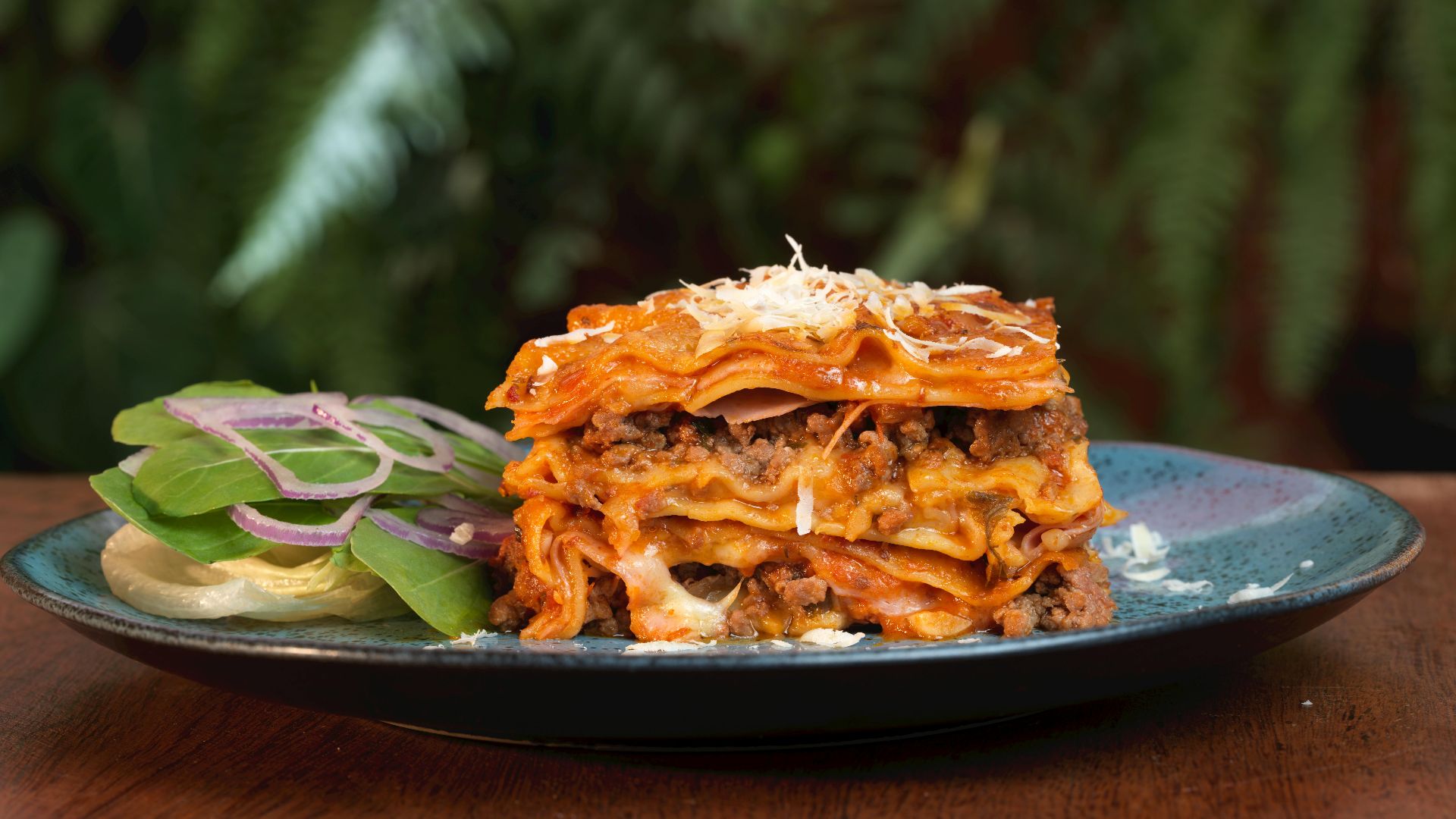 Augusto Carneiro Junior on Pexels
Augusto Carneiro Junior on Pexels
8. Associate It With A Positive Memory
Your brain can connect food with feelings. Eat it during a happy moment or at a special place, and it might start tasting better. Nostalgia works—psychologists use it to reintroduce difficult flavors. Even a vacation meal can shift perception.
9. Blend It Into A Smoothie Or Sauce
This strategy masks unwanted textures and flavors. Smoothies often neutralize bitterness, and pureeing disliked vegetables alters mouthfeel, making them more tolerable. Ingredients like kale or tomato become ignorable when combined with fruits or herbs. Reduced chewing also eases sensory discomfort.
10. Try A Smaller Portion To Start
Reducing the amount of food on the plate can decrease both psychological and physical aversion. Gradual tasting helps desensitize the senses. Even a single bite, repeated over time, can make the brain accept new flavors. This method increases retries in children.
11. Add A Crunch Factor
Crisp texture makes food more appealing. Adding crunch distracts from unliked textures. Most people naturally prefer the sound and feel of crunchy bites. Even vegetables improve with chopped nuts or breadcrumbs. The extra texture also boosts the perceived complexity of flavor.
12. Focus On Health Benefits
Think about the benefits. People eat disliked foods more often when they know the health rewards. Broccoli is easier to accept when it’s seen as cancer-fighting, and bitter greens become tolerable once their antioxidants are understood. This approach is common in nutritional coaching.
13. Eat It With People Who Like It
Food choices can be influenced by social cues. Group settings increase the likelihood of trying disliked items. Observing others enjoy a food could lead to a tolerance shift, and positive peer influence reduces avoidance behavior. Even divisive foods become more approachable when shared.
14. Join A Taste-Testing Challenge
Structured taste tests reduce stress and build tolerance. Gamified exposure makes the process fun, and blind tastings help bypass visual prejudice. People who’ve tried food challenges have overcome strong aversions. Online platforms have helped countless picky eaters expand what they enjoy.
15. Read Up On The Cultural Value
Research the ingredient’s background. Learning how it’s used in other cultures adds context and curiosity. Foods like kimchi gained Western appeal through cultural exposure, and understanding durian’s status in Southeast Asia may change your view. A bit of knowledge can reshape your appetite.
16. Practice Mindful Eating
Mindful eating lowers anxiety and sharpens your senses. It helps you recognize whether the dislike is real or habitual. Subtle flavors appear when fully focused. This approach is even used in therapy for extreme picky eating. Taking your time also softens flavor shock.
17. Swap Varieties
Not all varieties taste alike. Heirloom tomatoes are sweeter than store-bought hybrids, and red onions are less harsh when raw than white onions. Also, Granny Smith apples appeal to people who dislike other types. A shift in variety can change how you experience food.
18. Let Someone Else Cook It
Let someone else take the reins. You may prepare it poorly because you assume you’ll hate it. Chefs can make strong flavors smoother and more enjoyable. At restaurants, the food may look and taste better. Your brain may become more open when you don't cook it.
19. Track Preferences
A flavor log can show you what’s changing over time and help you notice preferences you didn’t know you had. Also, recording taste details improves awareness. Therapists even use this method with clients to help with food-related challenges.
20. Watch Cooking Shows Featuring The Food
Watching cooking programs provides visual exposure that reduces food aversion. These shows normalize ingredients and create emotional engagement, and celebrity chefs influence perception through appealing preparation. You may develop cravings after viewing, even for previously disliked foods.
KEEP ON READING

20 Food-Related Art Projects





